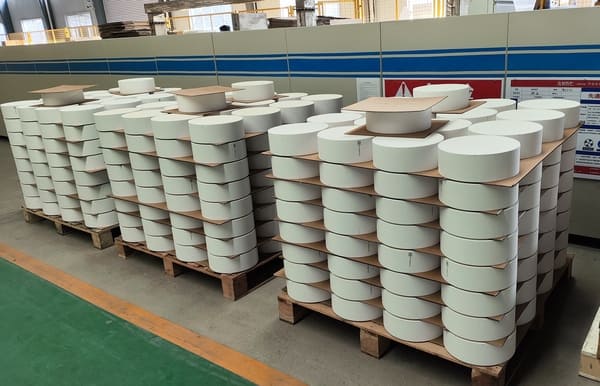In the business-to-business (B2B) realm, especially in industries reliant on heavy machinery and transportation, the choice between Original Equipment Manufacturer (OEM) and aftermarket Diesel Particulate Filters (DPF) and Diesel Oxidation Catalysts (DOC) is critical. Myths and misconceptions often influence these decisions, potentially impacting operational efficiency and profitability. This article aims to debunk these myths, offering B2B decision-makers the insights needed to make informed choices.
Understanding the real score behind aftermarket DPFs and DOCs is not just about compliance and functionality, but it’s also about optimizing cost-efficiency and maintaining high operational standards in a competitive market.
Why is this significant for B2B businesses? The decisions you make about DPFs and DOCs affect not only your fleet’s or machinery’s performance but also reflect your commitment to environmental responsibility and regulatory compliance, which are vital in today’s business landscape.

Aftermarket DPFs: Balancing Cost and Quality
Myth: Aftermarket DPFs compromise on effectiveness and longevity.
Truth: High-quality aftermarket DPFs can offer comparable performance to OEM parts.
B2B Suggestion: Focus on cost-effectiveness without compromising quality. Evaluate aftermarket DPFs based on proven performance metrics and durability tests. Partner with suppliers who understand the demands of your specific industry and offer parts that meet those needs.

Choosing Aftermarket DOCs for Your Fleet
Myth: Aftermarket DOCs are universally inferior to OEM versions.
Truth: Many aftermarket DOCs now meet or even surpass OEM quality standards.
B2B Suggestion: When choosing DOCs, consider the total cost of ownership, which includes not just the purchase price but also longevity and maintenance needs. Select from reputable manufacturers who provide transparent information about compliance with industry-specific emissions standards.

Durability and Performance in Industrial Settings
Myth: Aftermarket parts are less reliable for heavy-duty use.
Truth: Many aftermarket parts are designed for robust industrial applications.
B2B Suggestion: Look for aftermarket DPFs and DOCs that come with robust warranties and are made using advanced materials and technologies. This ensures they can withstand the rigors of industrial use.
Warranty and Compliance: Navigating the Legal Landscape
Myth: Utilizing aftermarket parts leads to warranty voids and non-compliance issues.
Truth: Certified aftermarket parts typically do not void warranties and are designed for compliance.
B2B Suggestion: Maintain detailed records of all aftermarket parts used, including their certifications and compliance documents. This is crucial for warranty claims and proving compliance during regulatory audits.
Conclusion
For B2B enterprises, debunking myths about aftermarket DPFs and DOCs is more than just setting facts straight—it’s about making strategic decisions that affect operational efficiency, compliance, and profitability. By choosing the right aftermarket solutions, businesses can ensure optimal performance of their machinery while also upholding their commitment to environmental stewardship.


